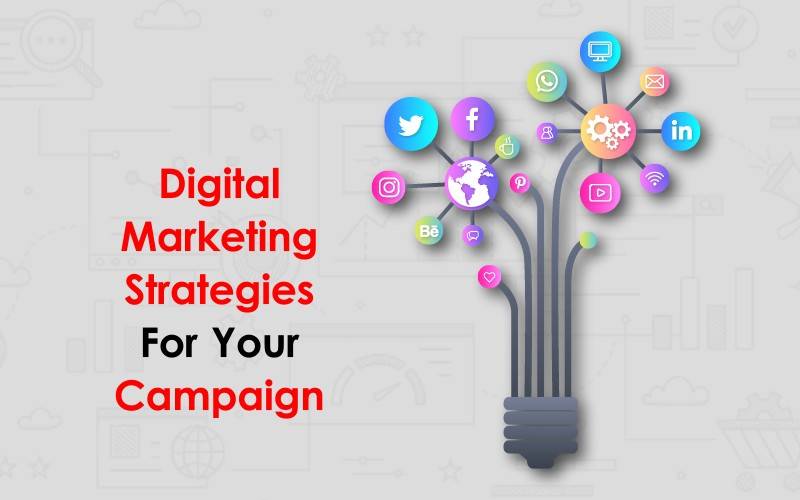Thought-provoking Steps for creating Digital Marketing Strategy for Nonprofits
Digital Marketing Strategy refers to a comprehensive plan for promoting a brand, product, or service through digital channels, including the internet, mobile devices, and social media. The strategy involves selecting and utilizing the most appropriate digital marketing tactics to reach the target audience and achieve specific marketing objectives, such as increased brand awareness, lead generation, and customer engagement.
A digital marketing strategy typically includes activities such as search engine optimization, content marketing, email marketing, social media marketing, pay-per-click advertising, and other tactics that leverage the power of technology to reach and engage customers in an interactive and personalized manner. The goal of a digital marketing strategy is to deliver the right message to the right audience at the right time, and to measure and optimize results in real-time.
The application of digital marketing strategy is done for both for-profit and non-profit organizations. To be able to cut through the clutter with a working strategy, we have provided the steps to guide you in creating a perfect Digital Marketing Strategy.
- Define Objectives: The first step in creating a digital marketing strategy for a nonprofit organization is to define clear and measurable objectives. This includes increasing awareness of the organization and its mission, attracting new donors, and engaging with current supporters.
- Identify Target Audience: Next, it is important to identify the target audience for the digital marketing campaign. This includes demographics such as age, location, interests, and behaviors. This information will be used to create targeted messaging and advertising campaigns.
- Conduct a SWOT Analysis: Conduct a SWOT (Strengths, Weaknesses, Opportunities, Threats) analysis of the organization’s current digital marketing efforts. This will help identify areas for improvement and opportunities for growth.
- Develop a Content Strategy: Content is the foundation of a successful digital marketing campaign. Develop a content strategy that includes a mix of educational and emotional content, such as blog posts, videos, infographics, and social media posts. The content should align with the organization’s mission and resonate with the target audience.
- Utilize Social Media: Social media is a powerful tool for reaching and engaging with supporters. Choose the platforms that are most relevant to the target audience, such as Facebook, Instagram, Twitter, and LinkedIn. Use social media to promote content, share updates, and engage with followers.
- Leverage Email Marketing: Email marketing is a cost-effective way to reach supporters and keep them informed about the organization’s mission and initiatives. Create an email list of subscribers and send regular updates and newsletters. Use segmentation to send targeted messages to specific groups of supporters.
- Implement Paid Advertising: Paid advertising, such as Google Ads and Facebook Ads, can be used to reach a larger audience and drive traffic to the organization’s website. Set a budget for paid advertising and use targeted messaging and eye-catching images to capture the attention of the target audience.
- Optimize the Website: The organization’s website is the hub of all digital marketing efforts. Ensure that the website is optimized for search engines, has clear calls to action, and is easy to navigate. The website should also be mobile-friendly and accessible to people with disabilities.
- Measure Results: Regularly measure the results of the digital marketing campaign and make adjustments as needed. Use analytics tools such as Google Analytics to track website traffic, social media engagement, and email open rates.
- Engage with Supporters: Finally, it is important to engage with supporters and build a strong online community. Respond to comments and messages, and encourage supporters to share their stories and experiences with the organization.
In conclusion, a digital marketing strategy is crucial for a nonprofit organization to reach its goals and make an impact. By following these steps and continually measuring and adjusting the strategy, the organization can effectively engage with supporters, raise awareness, and drive results.

 News2 months ago
News2 months ago
 News3 months ago
News3 months ago
 Entertainment3 months ago
Entertainment3 months ago
 News3 months ago
News3 months ago
 Business3 months ago
Business3 months ago
 News2 months ago
News2 months ago
 Business3 months ago
Business3 months ago
 Entertainment2 months ago
Entertainment2 months ago





